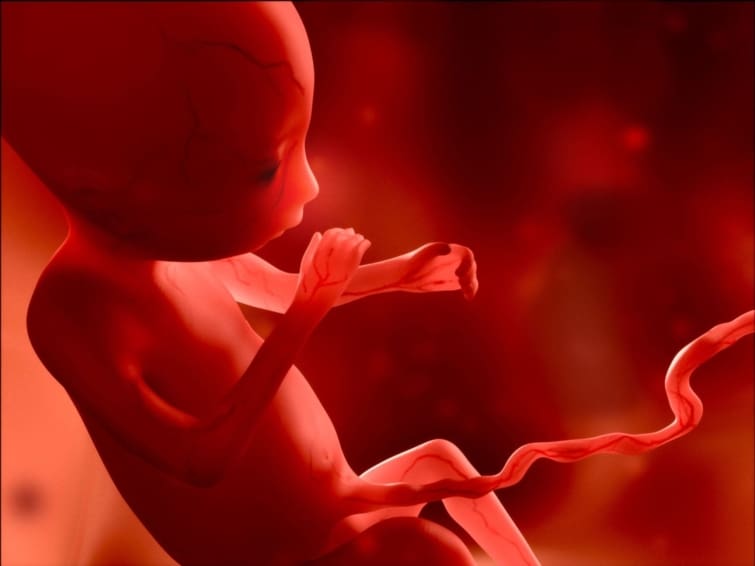
From the moment of conception to the time of delivery, your growing baby goes through several stages of development. The middle part of your pregnancy is called the second trimester. It is made up of weeks 13 or 14 through weeks 26 or 27. The timeframe can vary based on your doctor. During this time, your baby continues to grow and change almost daily. Here is a summary of how your baby develops during the second trimester.
Path to well being
When the second trimester starts, your baby is about 3 inches long. Your doctor might tell you your baby measures a certain length “from crown to rump.” This means your baby is being measured from the top of its head to its bottom (instead of head to toe) because the legs are curled up to the baby’s stomach.
At the beginning of the second trimester, your baby’s head is the biggest part of their body. During the next few weeks, the rest of your baby’s body will get longer in order to catch up. By the end of the second trimester, your baby may be 9 inches—or even longer.
Below are other highlights of the second trimester.
- Your baby will start to hear certain sounds, such as your heartbeat, by about the 18th week of pregnancy. Your baby’s hearing will continue to improve and they will be able to hear your voice.
- Your baby’s eyes may open as early as the 20th week. Before this, the eyelids have been sealed shut. However, your baby’s eyes cannot see anything until the third trimester.
- Your baby will have fingerprints and footprints by the end of the second trimester.
- Fine hair and a white waxy substance cover and protect your baby’s skin. The skin is thin, loose, and wrinkled. In the third trimester, some fat will start to fill in under the skin.
- Your baby’s digestive system will start to function. The baby also will begin to produce and release urine, which becomes amniotic fluid.
- Your baby’s nervous system develops and they will be able to feel all your movements and their environment by the end of the second trimester.
- By the middle of your second trimester, the baby’s sex should be clear. If you have an ultrasound, you should be able learn your baby’s sex, if you want. Keep in mind your baby has to be in an ideal position for the doctor or technician to see the sex organs.
Things to consider
Your baby is moving almost all the time throughout your pregnancy. However, you won’t start to feel it until about the 20th week. At first, you may notice a fluttering feeling. It can be hard to tell if this is your baby or something else. Soon enough, the movements will become very noticeable. Your partner may be able to feel the baby move as well. You might even be able to see your belly move when your baby “kicks.”
Your baby’s movements are helping them prepare for life outside your body. Muscles grow stronger as your baby learns to kick, suck, and open and close their hands. Your baby also practices making faces, such as frowning, smiling, and squinting.
Questions to ask your doctor
- How often will I have ultrasounds?
- Can I hear my baby’s heartbeat?
- What is the sex of my baby?
- What can I do to help my baby hear my voice or other sounds?
- How often should I feel my baby move or “kick?”
- Are there any lifestyle changes I can make to support my baby’s development?
Resources
American Academy of Family Physicians: Changes in Your Body During Pregnancy: Second Trimester
Mayo Clinic: 2nd trimester pregnancy: What to Expect
![]()
Copyright © American Academy of Family Physicians
This information provides a general overview and may not apply to everyone. Talk to your family doctor to find out if this information applies to you and to get more information on this subject.






